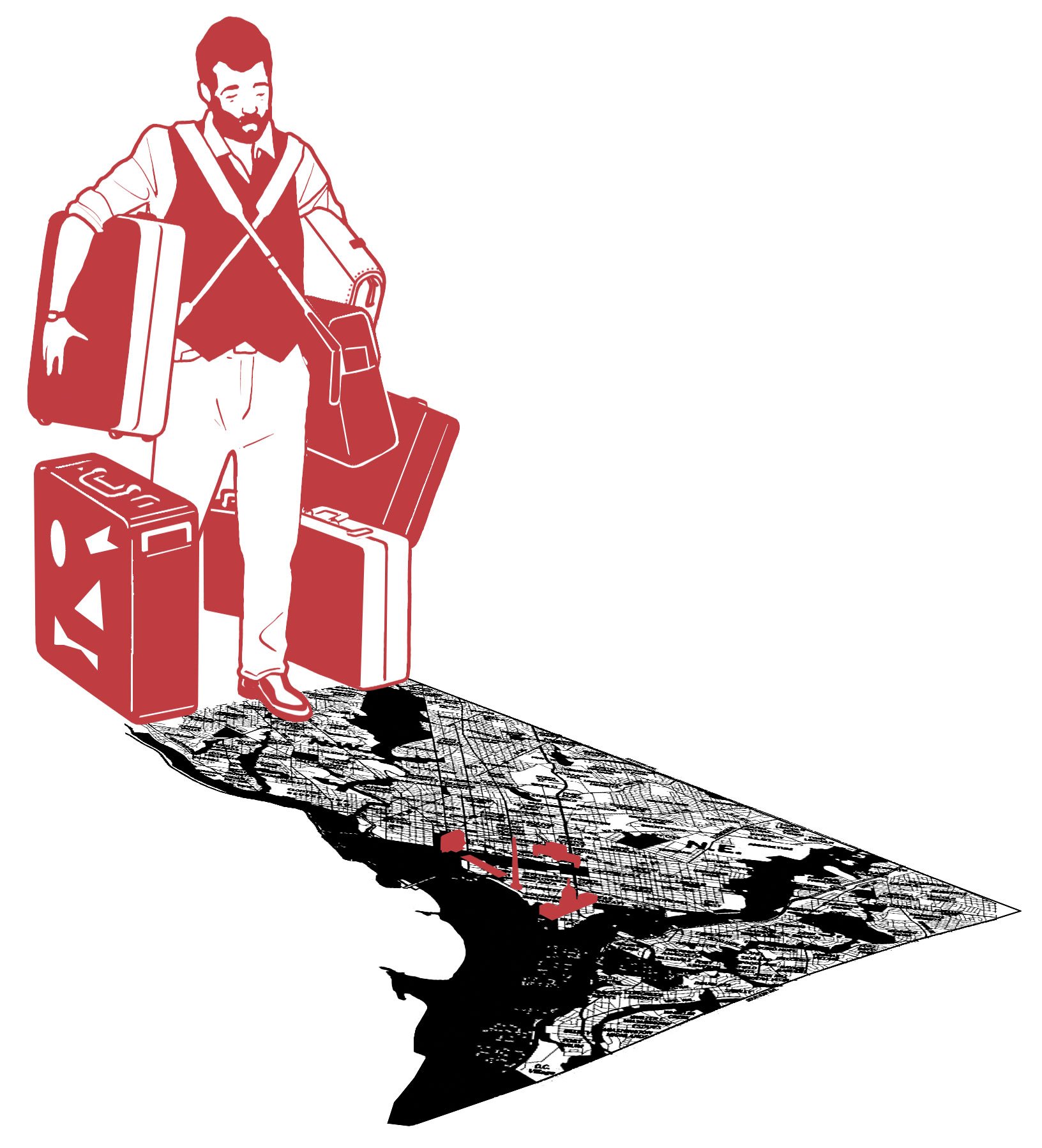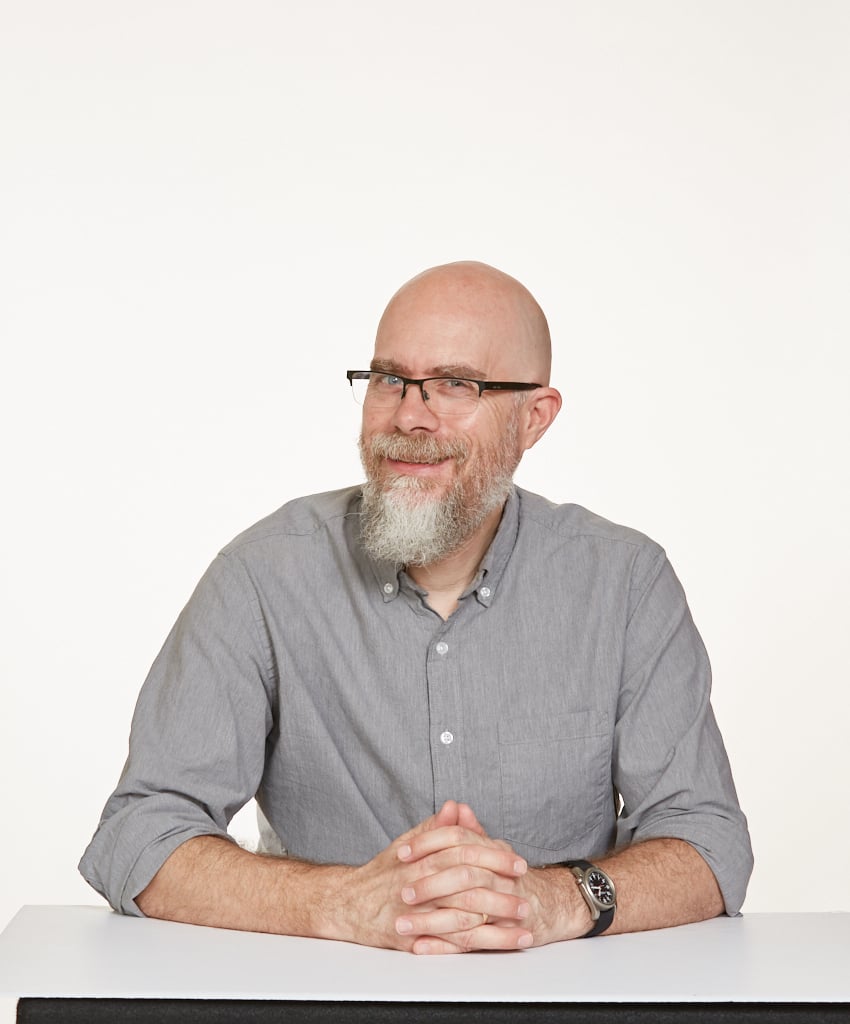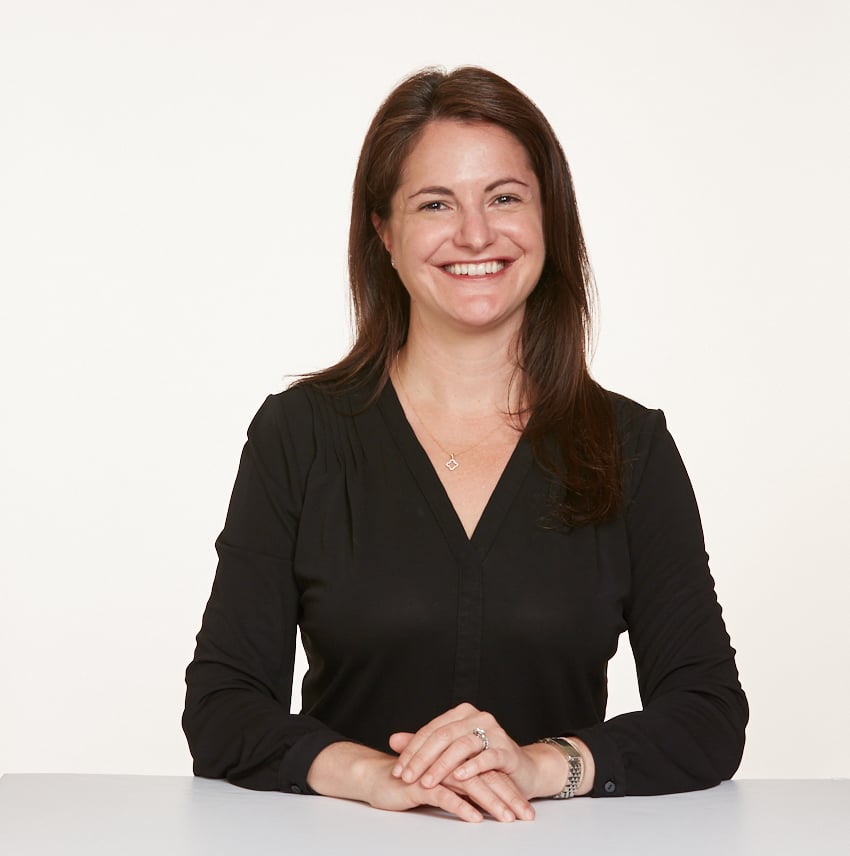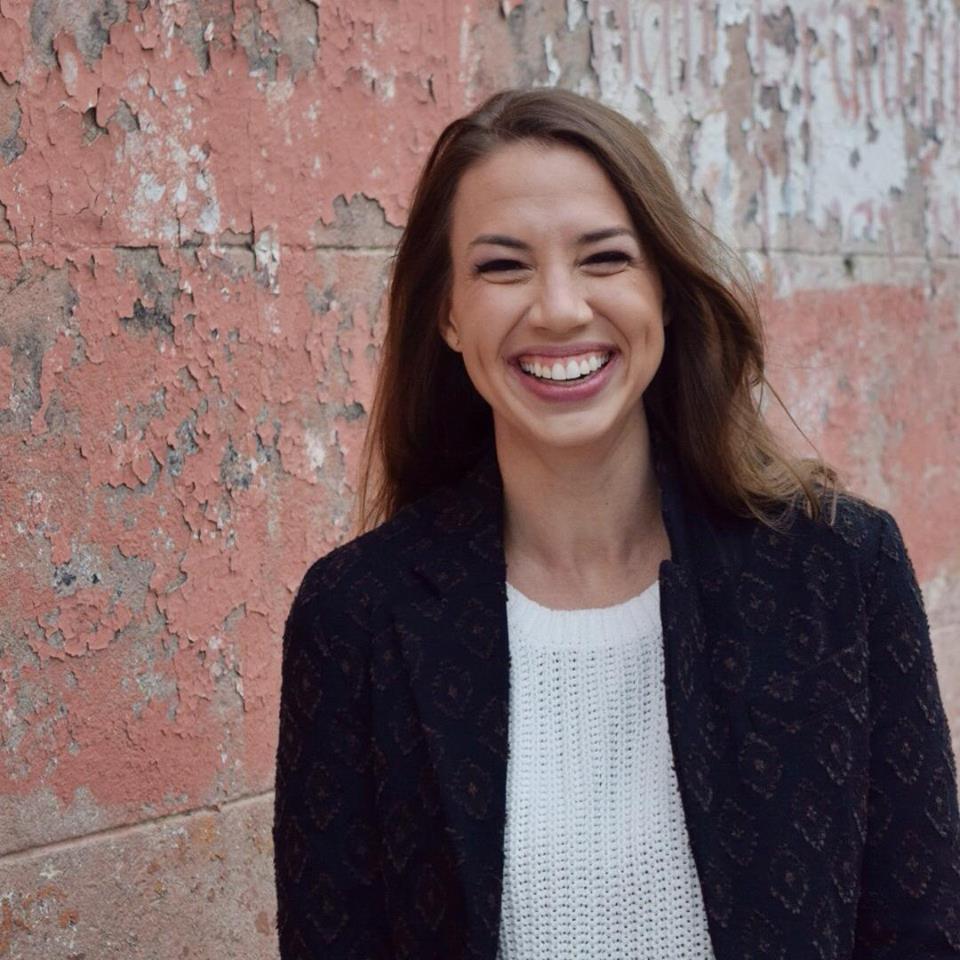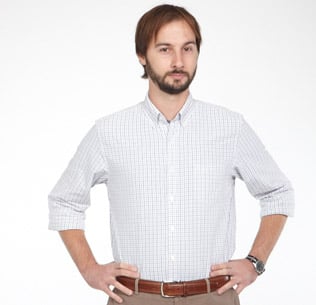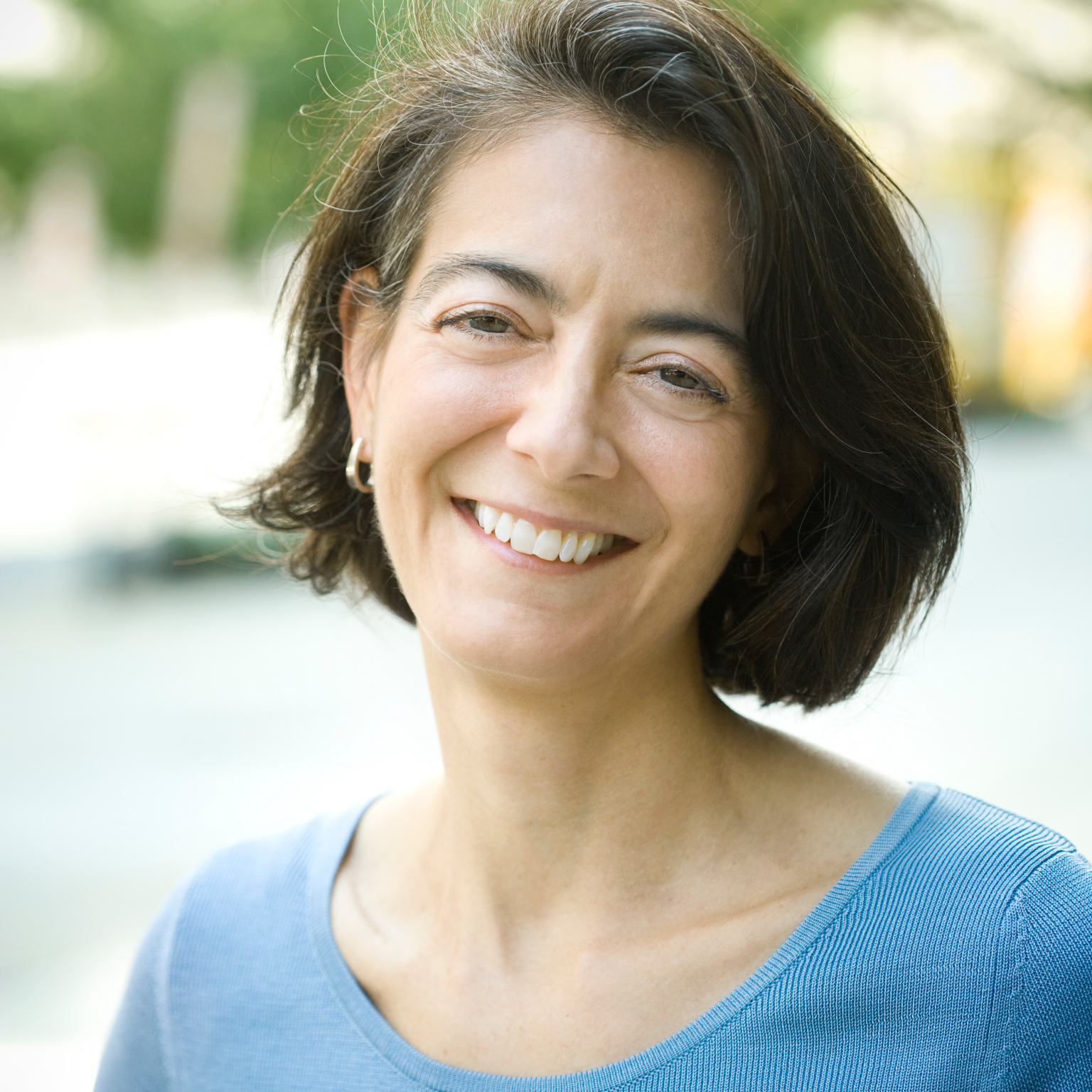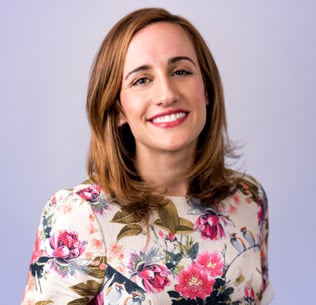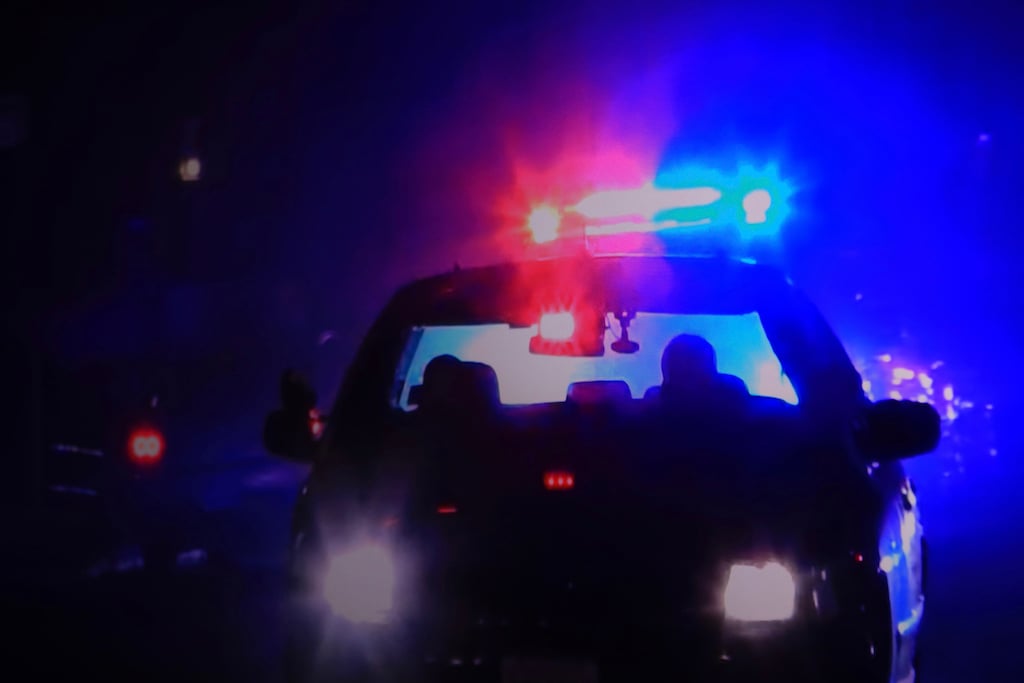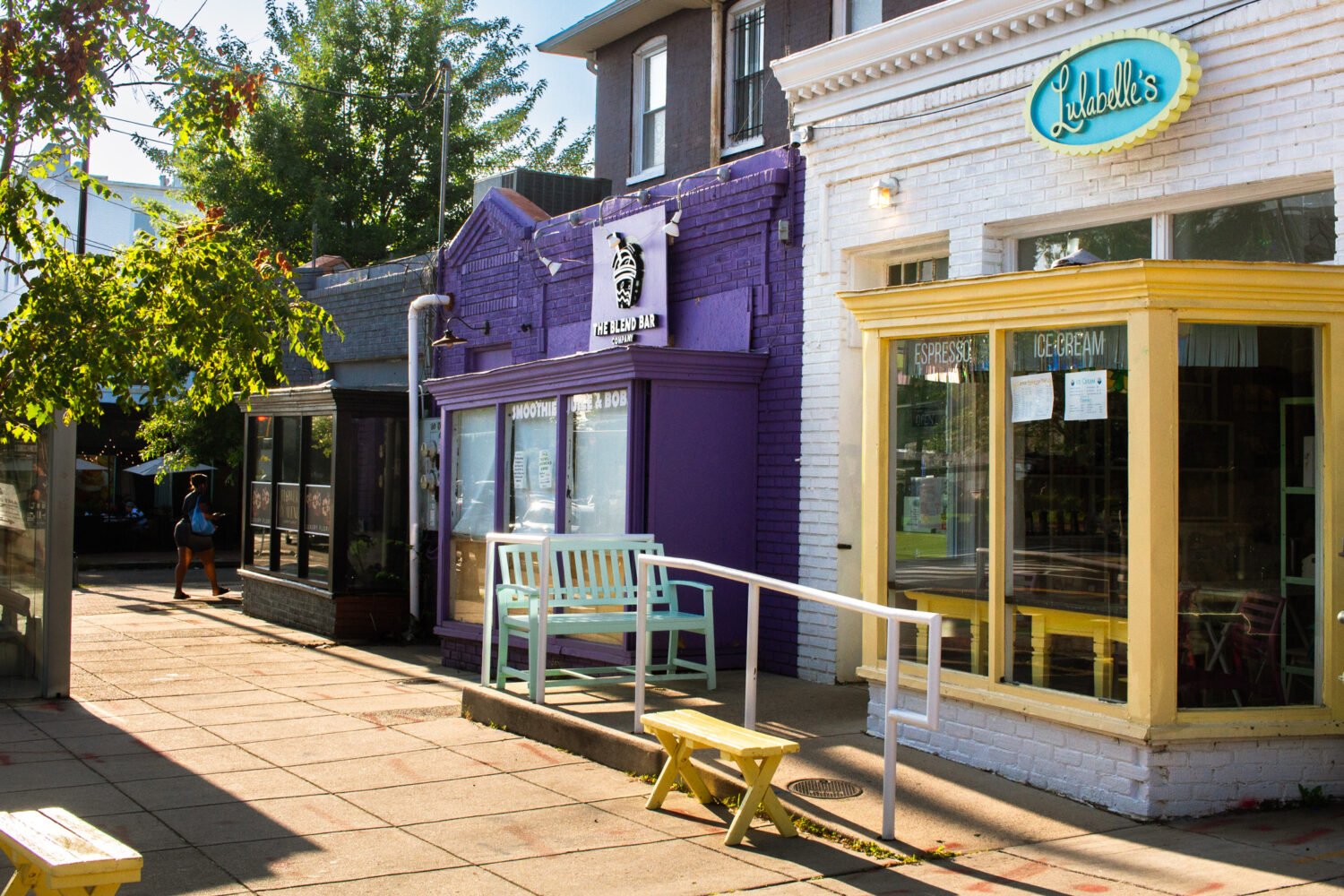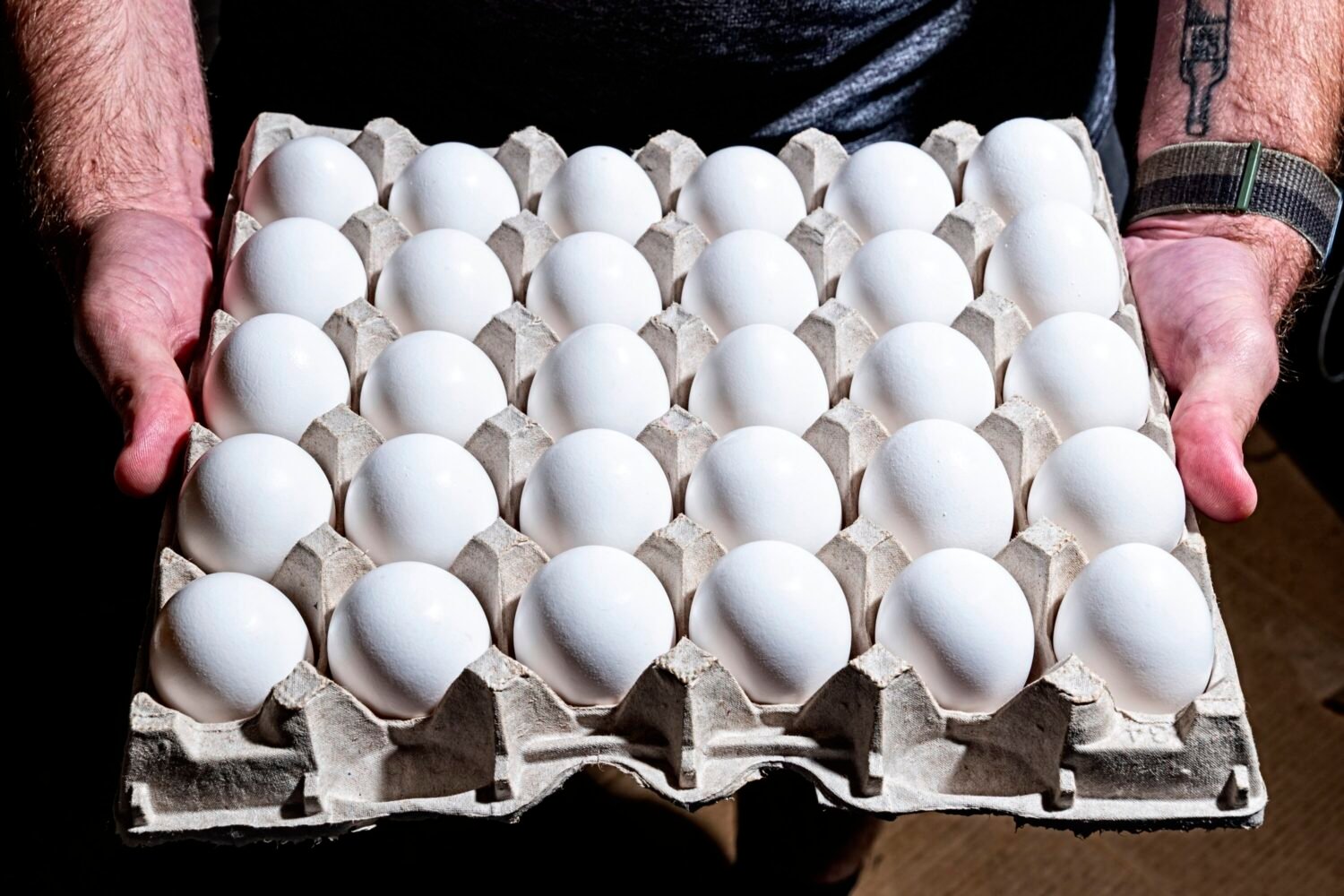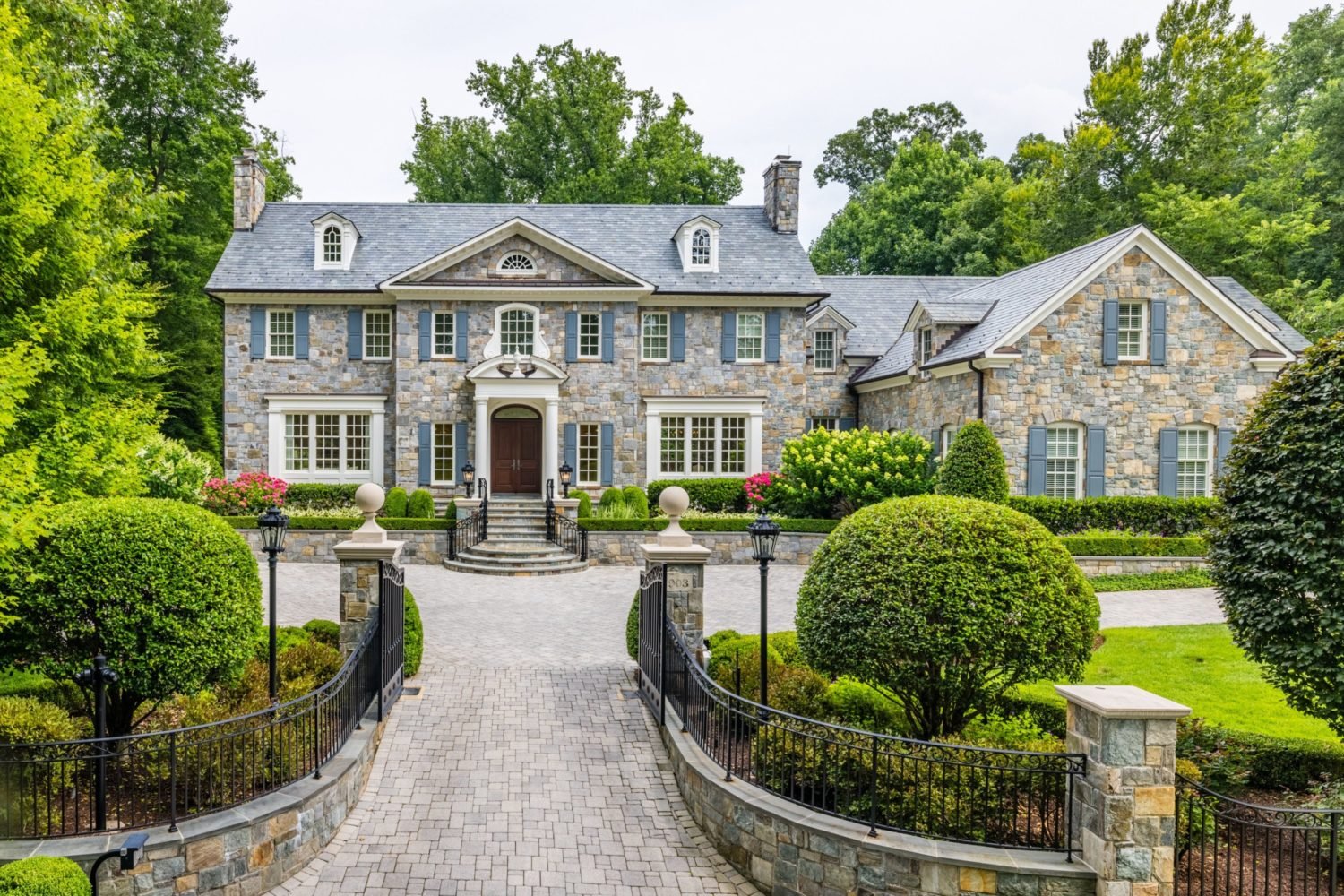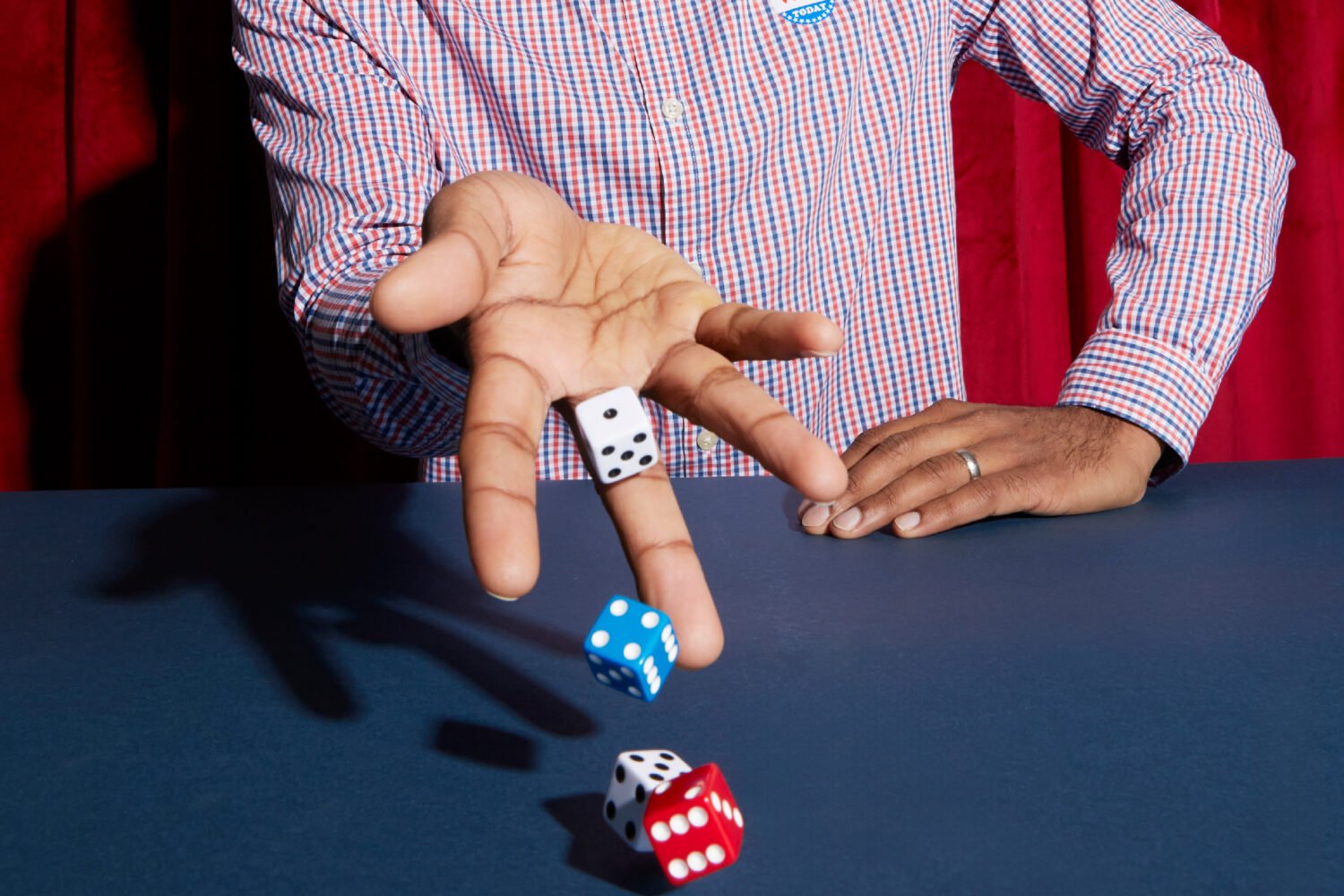You’ve recently moved here? Congratulations. There are practical issues, such as how to register a car. This isn’t what we’re here to tell you. Here’s what you really need to know to feel at home: hometown jargon, foodie secrets, tricks to hack the city’s road map—and, if you get stuck anyway, a few ways to identify the motorcade that’s blocking your path:
A Preposterously Brief History of Washington
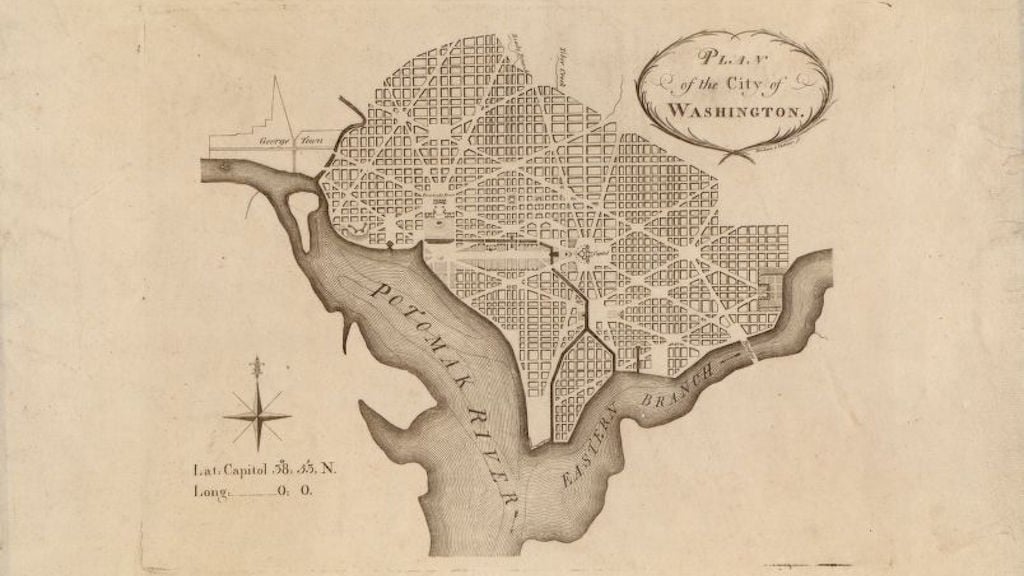
It wasn’t actually a swamp. But it wasn’t a city, either, which pleased those Founding Fathers who were suspicious of big-city culture. A deal got cut: Uncle Sam absorbed states’ Revolutionary War debts, a move many Northerners wanted. In exchange, the Southerners got the capital.
A Frenchman named L’Enfant was hired to draw a map worthy of an empire. But the government wouldn’t spend on its capital; most of the grand avenues existed only in name. After the British burned the place in 1814, there was serious talk of not rebuilding.
A few decades later—with the Capitol dome still unbuilt—the formerly Virginia parts of DC left. This was partly because Congress wouldn’t invest in facilities, but also because America was increasingly polarized over slavery. Another deal got cut: No more selling humans here—but owning was still okay.
The population boomed during the Civil War. Afterward, the District elected a governor who did things like pave and light streets, something that in muddy DC was a big enough deal that “Boss” Shepherd remains a local hero even though he got run out of town over finances.
During the Gilded Age, the government became an actual civil service that hired on merit, which decreased the revolving-door-of-patronage-hacks factor and also made Washington an attractive place for African-Americans moving north. In the 20th century, that government swelled, spurred by the Depression and World War II. (The New Deal also landed DC a slew of memorials.)
Like most wars, the Cold War was good to Washington. Most of the growth took place in the burbs, aided by the brand-new Beltway and Metro. After the 1968 riots, DC’s population stalled, a product of white flight. The spectacle of a majority-black population with no voting rights became a civil-rights issue.
After home rule arrived—with a bunch of maddening loopholes—DC had a political culture pretty typical of 1980s cities. There were shiny new developments downtown. And, in the neighborhoods, a sense that the bloated government wasn’t up to fighting crime and drugs. Mayor Marion Barry himself got caught in a bust. The government went bankrupt even as the region’s economy thrived. There were jokes about the last one out turning off the lights.
But a funny thing happened. A bunch of new populations found that this was actually a place they wanted to live: gay people, creative-classers, immigrants, folks sick of sprawl. The population grew a bit in the ’90s. It grew a bunch in the 2000s. Nowadays, it adds about 1,000 a week, many of them upscale types who have fueled a boom in condos and fancy eateries—and deep concerns by those who feel left out.
Right now, the prediction is that DC will have 800,000 people by the next decade. We worry about where they’ll live and whether they can afford the rent. But if you’re a newcomer who’s been house-hunting, you know that. You’re part of our history now, too. —Michael Schaffer
Is Washington Part of the North or South?
It’s complicated
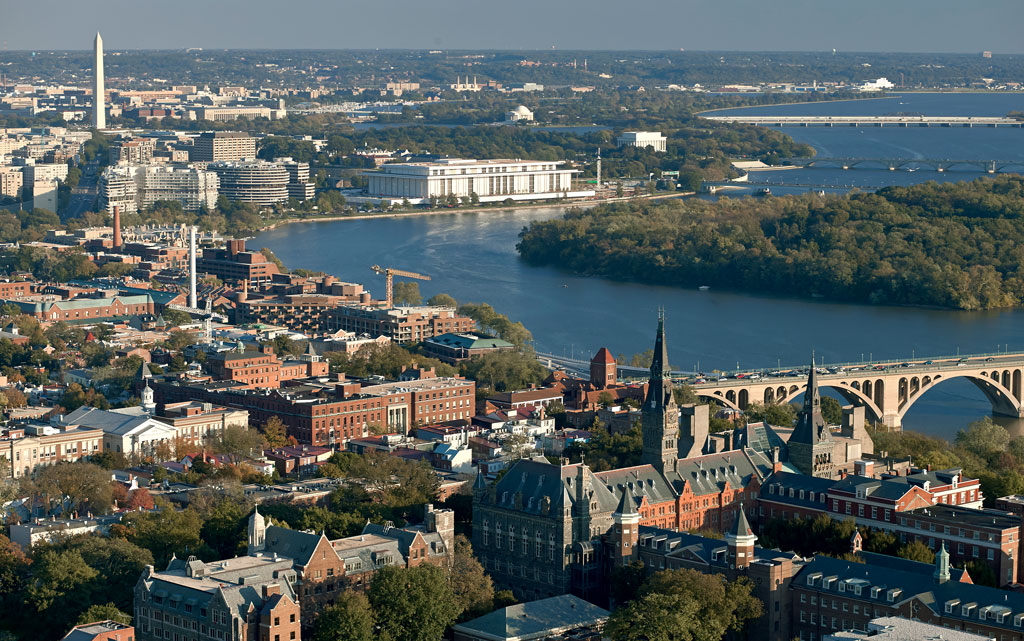
When you move to Phoenix, you’re a Southwesterner. When you move to Tuscaloosa, welcome to the Deep South. When you move to Washington, you’re—well, what exactly? Glance at an Acela schedule and you’d think you’re a Northeasterner. On the highway, though, it’s quicker to drive to Cleveland than to Boston. And our basketball team plays in a Southeast division against teams from North Carolina and Georgia.
The truth is that Washington is part of a bigger region so amorphous that its name sounds as if it’s floating in the middle of an ocean: the Mid-Atlantic.
By its broadest definition—the one used by the National Audubon Society—the Mid-Atlantic stretches from the Saint Lawrence River in New York to the Martinsville Speedway in Virginia. The US Geological Survey draws the Mid-Atlantic’s southern boundary even lower, near Morehead City, North Carolina. Meteorologically, there’s not much help: The National Weather Service’s Mid-Atlantic includes Cincinnati, Atlanta, and Dover, Delaware.
Even if we could settle on boundaries, a Mid-Atlantic identity is elusive. Are we Northern or Southern? What’s our regional character? New England has flinty fishermen. The West has rootin’ tootin’ ranchers. We’ve got . . . insanely overqualified research analysts? A higher-than-average percentage of people who know how to pronounce pho correctly?
In this vagueness we can find a type of freedom unavailable to those from other areas. Just think how much we’re saving on cowboy boots, for instance. Our capital city is Washington because we decided to make it so. To live your best life here, you need to disrespect borders as well: You might head to Columbia Heights for a world-class meal, drink beer brewed in Loudoun County, and sleep in Hyattsville. In other words, you get to define it yourself. It’s the Mid-Atlantic way. —Andrew Beaujon
What to Read, Listen to, and Watch to Get to Know DC
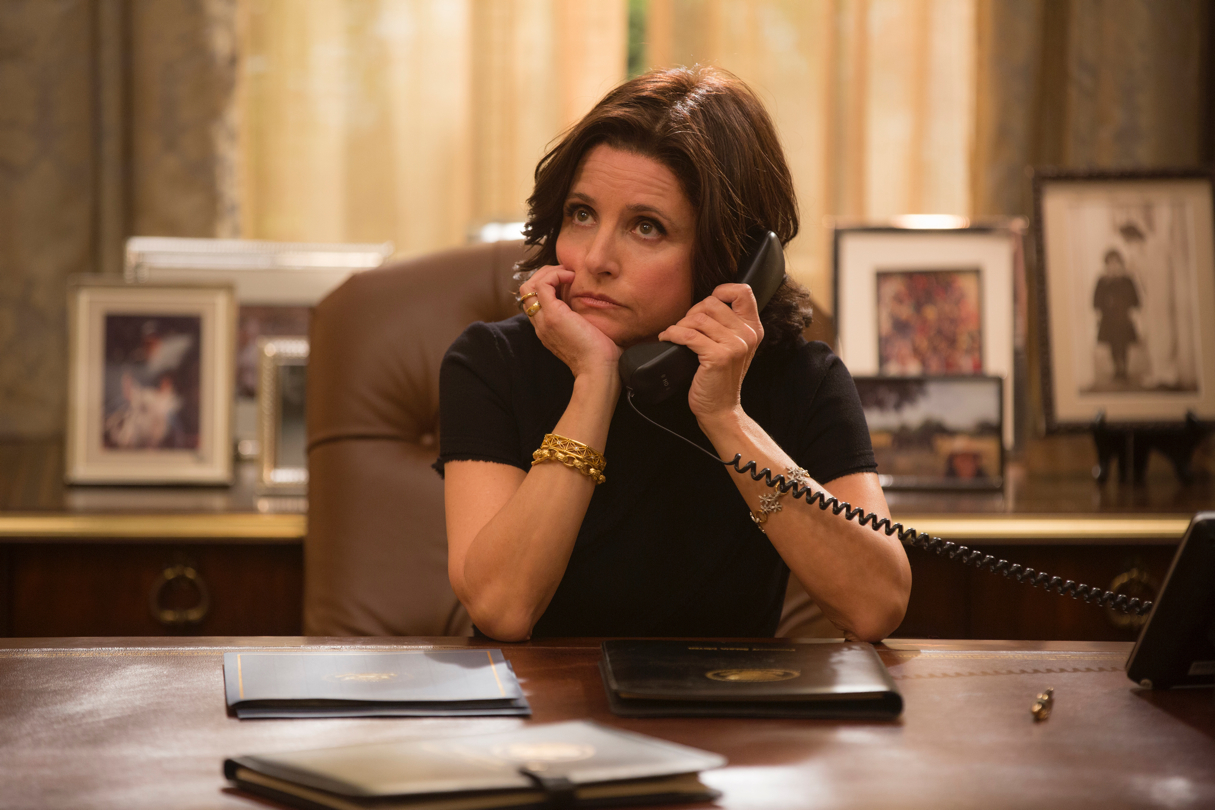
Whom and What to Read
You can’t dodge this one: Henry Adams’s 1880 novel, Democracy, is still the best guide to how the single-minded pursuit of power makes Washington different—socially, too—from other cities. Among contemporary DC novelists, the most entertainingly sophisticated is Thomas Mallon, whose politically minded fiction ranges from gay love in homophobic, McCarthyite 1950s Washington (Fellow Travelers) to dramatizing Ronald Reagan’s crisis-futzed second term (Finale).
Pulitzer winner Edward P. Jones is the reigning master of stories about African-American life in the area (Lost in the City, All Aunt Hagar’s Children). The “DC Quartet” is probably the best place to start with crime novelist George Pelecanos, Washington’s own James Ellroy. If you’re a budding writer yourself, the local legend you’ll soon be awed by is Richard Peabody, who’s been publishing the literary journal Gargoyle since 1976. He also regularly brings out hefty anthologies of fiction by Washington-area women.
The District version of Harry Potter and the Deathly Hallows—that is, the final volume of Robert A. Caro’s LBJ biography—isn’t due anytime soon. So take advantage of that hiatus to memorize the previous four. In the meantime, bask in the wit of 28-year-old Alexandra Petri, the Washington Post’s smartest hire in years.
What to Listen To
You need to know about Fugazi, and you need to know about go-go. Fugazi was—or maybe is, nobody’s sure—the band led by former Minor Threat frontman Ian MacKaye, cofounder of Dischord Records and the Svengali (not to mention Savonarola) of DC’s hardcore punk scene. Repeater is a good intro.
Still pulsing away more than four decades after founding father Chuck Brown invented it—in hybrids from bounce beat to rapper Wale—go-go is Washington’s distinctive brand of funk music, which briefly looked as if it was going nationwide with Trouble Funk’s Drop the Bomb way back in 1982. Go-go is to DC what brass bands are to New Orleans.
Oh, and Duke Ellington was born here. He would have been a genius no matter what, but we feel proud anyway.
What to Watch
Driven by the insight that DC staffers have Potomac fever in ways their bosses are obliged to mask, Veep is the shrewdest current TV show set here. As for Hollywood classics, forget Mr. Smith Goes to Washington. Even if Frank Capra inspired you to come to the capital, that’s where his reliability as a sherpa ends. Advise & Consent and Seven Days in May are the brainy oldies.
Watergate dramas are a separate category. All the President’s Men craftily appealed to the heartland by leaving ideology out, but that’s why it’s likely to frustrate you now. Try Kirsten Dunst in the wonderful comedy Dick—which even mocks Woodward and Bernstein—or the sardonic 1977 miniseries Washington: Behind Closed Doors, featuring Jason Robards as shifty President Richard “Monckton” and probably the best look at Beltway intrigue ever filmed.
Your other must is the only famous Washington-set movie that supposedly isn’t about politics at all: Beltwayites know The Exorcist is secretly the story of all the innocents who have ever come here to work in the mistaken belief that Satan won’t feel tempted to rearrange their mental furniture. You’ve been warned.—Tom Carson
Did You Just See the President’s Motorcade?
You will at some point be stuck in traffic because of a motorcade or have to cover your ears as one speeds by while you’re on a sidewalk. You will wonder: “Was that the President?” Here’s how to figure it out.
The President
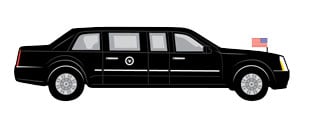 Identifiable by the presidential seal on the commander-in-chief’s limo—an armored vehicle dubbed the Beast—this motorcade can stretch 30 vehicles long. The President’s car has two flags at the front: the US flag on the driver’s side, the flag of the President on the passenger side. (A decoy limo also has the flags and seal.) Another tip is the Beast’s license plate, 800-002.
Identifiable by the presidential seal on the commander-in-chief’s limo—an armored vehicle dubbed the Beast—this motorcade can stretch 30 vehicles long. The President’s car has two flags at the front: the US flag on the driver’s side, the flag of the President on the passenger side. (A decoy limo also has the flags and seal.) Another tip is the Beast’s license plate, 800-002.
The Vice President
 Similar to the President’s, just shorter and with the vice-presidential seal. Another difference, according to former Secret Service agent Jonathan Wackrow, now a security expert at RANE: “The limo is larger for POTUS; the VP gets the hand-me-downs.” It’s still armored.
Similar to the President’s, just shorter and with the vice-presidential seal. Another difference, according to former Secret Service agent Jonathan Wackrow, now a security expert at RANE: “The limo is larger for POTUS; the VP gets the hand-me-downs.” It’s still armored.
The First Lady
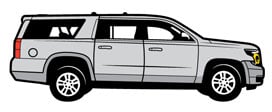
For scheduled occasions, the First Lady’s motorcade is only about ten vehicles long. For unscheduled occasions, the Secret Service has been known to use fewer vehicles—sometimes silver Suburbans in-stead of black—because the threat level is seen as lower when her plans aren’t publicized.
Cabinet Secretaries
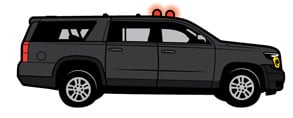 Members of the Cabinet typically ride in motorcades of two to five vehicles. For the most part, these obey traffic signals, unlike other motorcades. The Cabinet member often rides in a black Suburban or sedan with his or her security detail; lights are affixed to the vehicles in case they hit traffic and need to buzz through.
Members of the Cabinet typically ride in motorcades of two to five vehicles. For the most part, these obey traffic signals, unlike other motorcades. The Cabinet member often rides in a black Suburban or sedan with his or her security detail; lights are affixed to the vehicles in case they hit traffic and need to buzz through.
Foreign Dignitaries
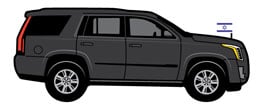
Visiting heads of state are granted motorcades. The security level and number of vehicles depend on the dignitary. Israel’s prime minister requires more vehicles than the prime minister of Grenada, for example. The tip-off to these motorcades? When the head of state is on an official visit, flags are on the front hood.
—Kate Bennett
DC Has No Official Food—and That’s a Good Thing
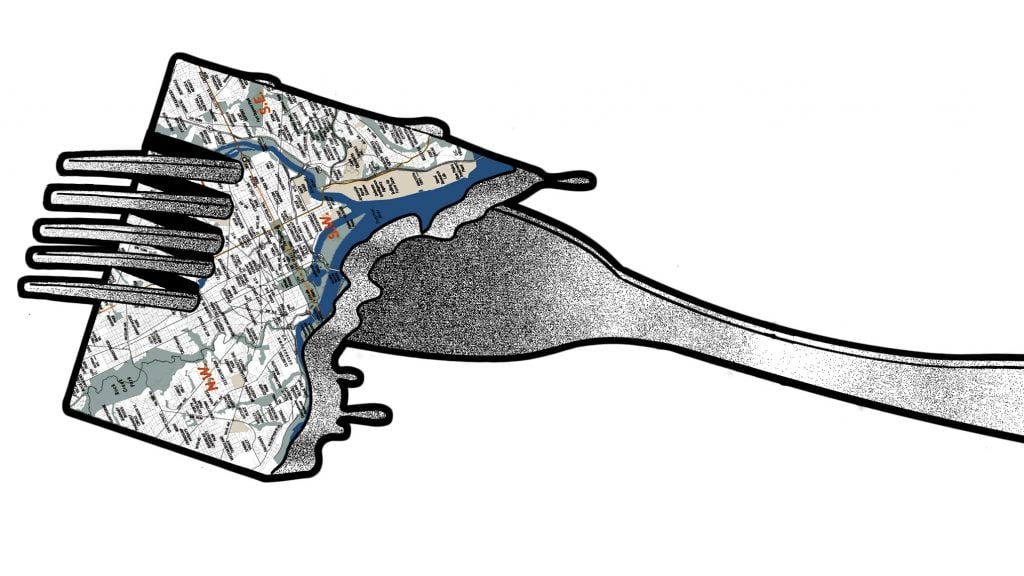
Washington has long endured a culinary identity crisis—the crisis being a lack of a culinary identity.
We’re neither distinctly Southern nor distinctly Northern in our cooking traditions and can’t claim the most prized Mid-Atlantic ingredient, the Chesapeake blue crab (thanks, Baltimore). We’re known for an abundance of steakhouses geared toward expense-account diners, but even those places don’t have a singularly Washingtonian cut; most downtown meat joints are out-of-town chains. Our most recognized dishes are half-smokes and mumbo sauce—20th-century creations that reflect the District’s African-American roots but don’t represent a larger, identifying cuisine such as jambalaya in New Orleans or Memphis-style barbecue.
All of that said, a lack of culinary identity can be a good thing. It’s partly why Washington has become a great modern-day restaurant town—an exciting place to eat, filled with a broad and distinct variety. It’s why Bon Appétit named Washington 2016’s “restaurant city of the year.” Ambitious chefs who open the kind of “fearless” neighborhood eateries that the magazine applauded aren’t beholden to local tradition (though local ingredients still dominate). Instead, chefs are free to innovate, as diners see at Rockville native Aaron Silverman’s Pineapple and Pearls. They can return to their roots, as at thriving ethnic eateries in Eden Center’s Little Vietnam or Annandale’s Koreatown. While diners’ expectations have risen with the quality of restaurants, there’s no expectation of what Washington-style cuisine should be.
Unlike Philadelphians or San Franciscans—who get exhausted having to have an opinion on the proper way to serve a cheesesteak or bake a sourdough—we’re free to think about our own tastes. Without a deeply rooted food identity, Washington has become a true melting pot of ingredients and styles, traditions and innovations—all befitting a great food nation’s capital.
7 DC Dining Hacks
Secrets for dining well in Washington.
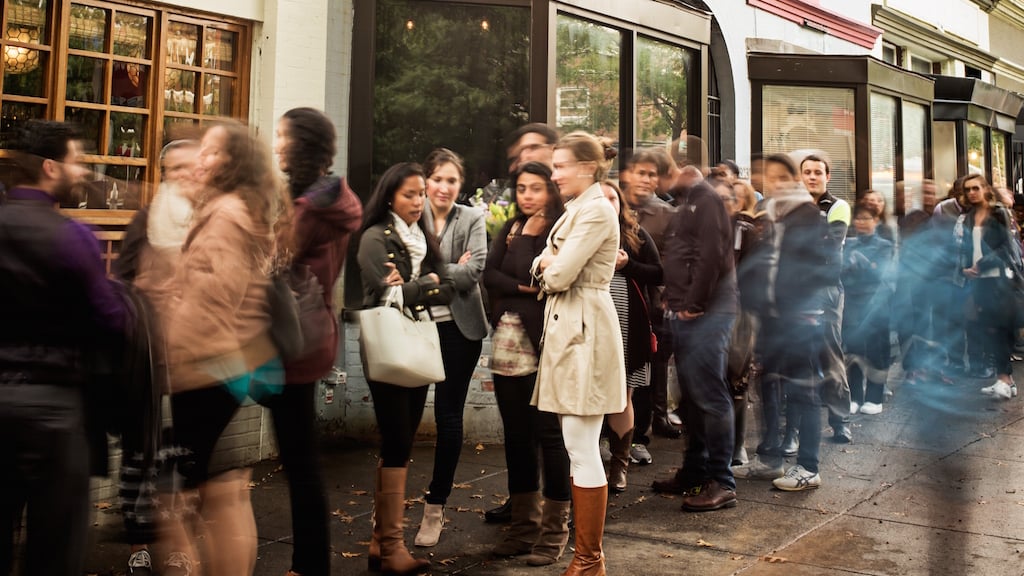
1. “Power dining” is finding someone on TaskRabbit to stand in line for you.
2. The best time to dine out without the crowds is Tuesday.
3. Ben’s Chili Bowl doesn’t actually have the best half-smokes. Try Meats & Foods in Bloomingdale instead.
4. Appetizers and entrées are out. Some of the best restaurants—Tail Up Goat, the Dabney, Rose’s Luxury—serve “share plates.”
5. The best food trucks tend to park in office-dense areas such as Franklin Park and McPherson Square, not on the Mall.
6. Eat at the bar—you often get seated quicker, and the service can be more engaging and attentive.
7. Happy hour isn’t just for weekdays.
The Five Types of Washington Restaurants
Decoding our dining scene
1. The Emerging-Neighborhood Hot Spot
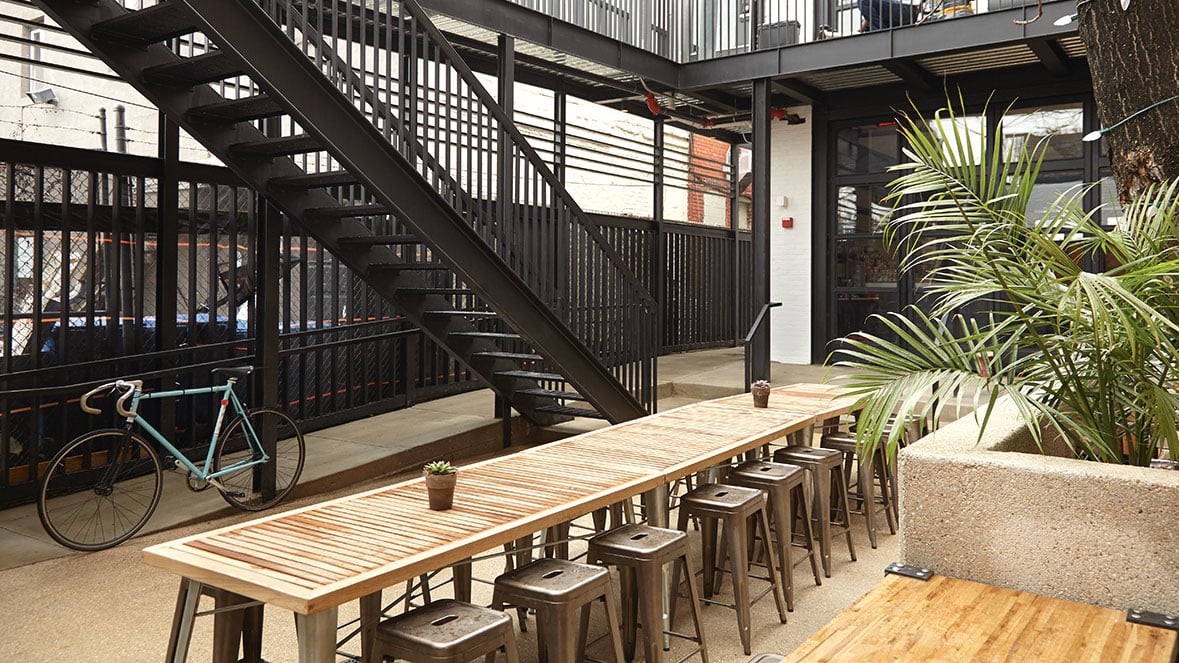
Examples: Maketto, Sally’s Middle Name, the Red Hen, Himitsu, Bad Saint.
Why you might want to go: Former dining deserts such as H Street, Shaw, and Petworth are now home to some of the city’s best eateries. A visit will also prove you’re not one of those stiffs who stick to the city’s well-established territory.
Why you might not: Cool neighborhood spots bring in crowds, and some don’t take reservations—so be prepared to wait. Also, many of them can be quite loud.
Tip: When possible, make reservations. If not, eat early (before 6:30) or late (after 9) to avoid the masses.
2. The New-School Steakhouse
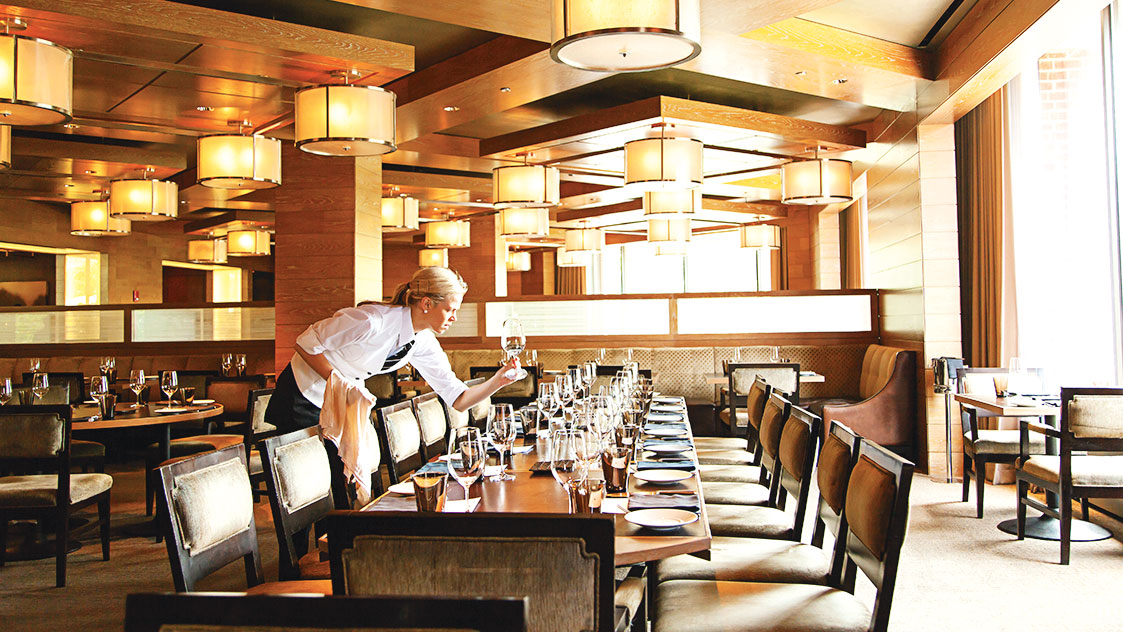
Examples: Del Campo, Bourbon Steak, Rural Society, Mastro’s.
Why you might want to go: Steakhouses are quintessentially old-school Washington, but the newbies have eclectic menus and modern vibes that let diners know they’re part of the cosmopolitan new DC.
Why you might not: The cuisine is still sometimes not that creative—but the check can be as large as ever.
Tip: Happy hour at Del Campo features $6 cocktails, amazing empanadas, and other specials at the bar.
3. The Tasting-Menu Temple
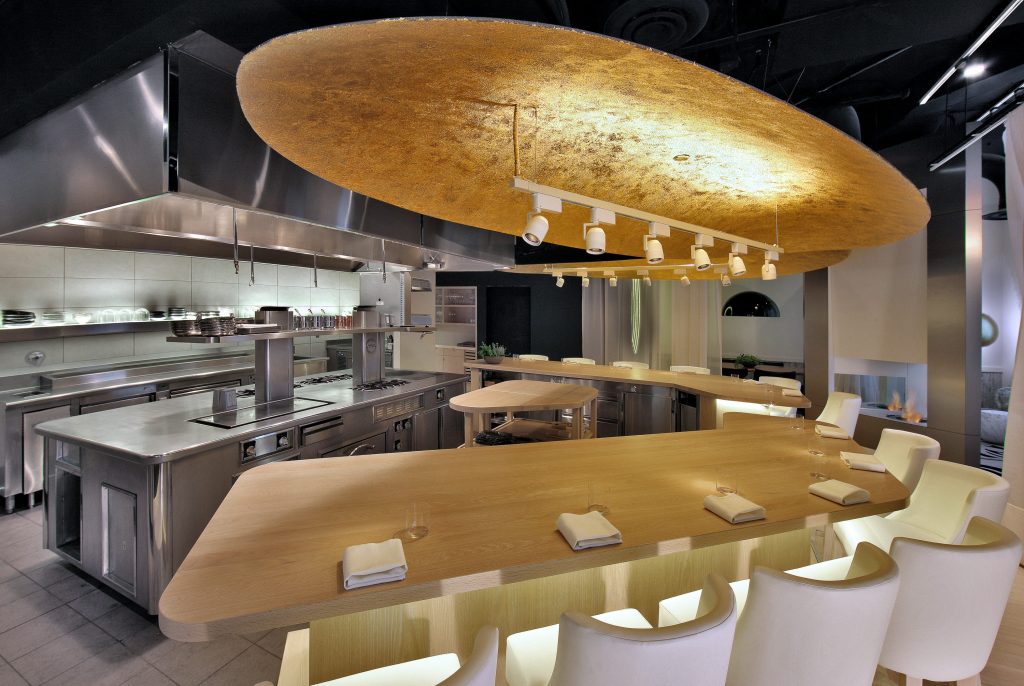
Examples: Métier, Pineapple and Pearls, Minibar, Shaw Bijou.
Why you might want to go: Tasting menus are a chance for stars of the food scene to showcase their most avant-garde or personal cooking.
Why you might not: These meals can be long—and expensive. At Minibar, a dinner for two with drink pairings will set you back nearly $1,000.
Tip: Hazel, Little Serow, and Conosci offer prix fixe meals for $50 a person or less.
4. The International Strip-Mall Joint
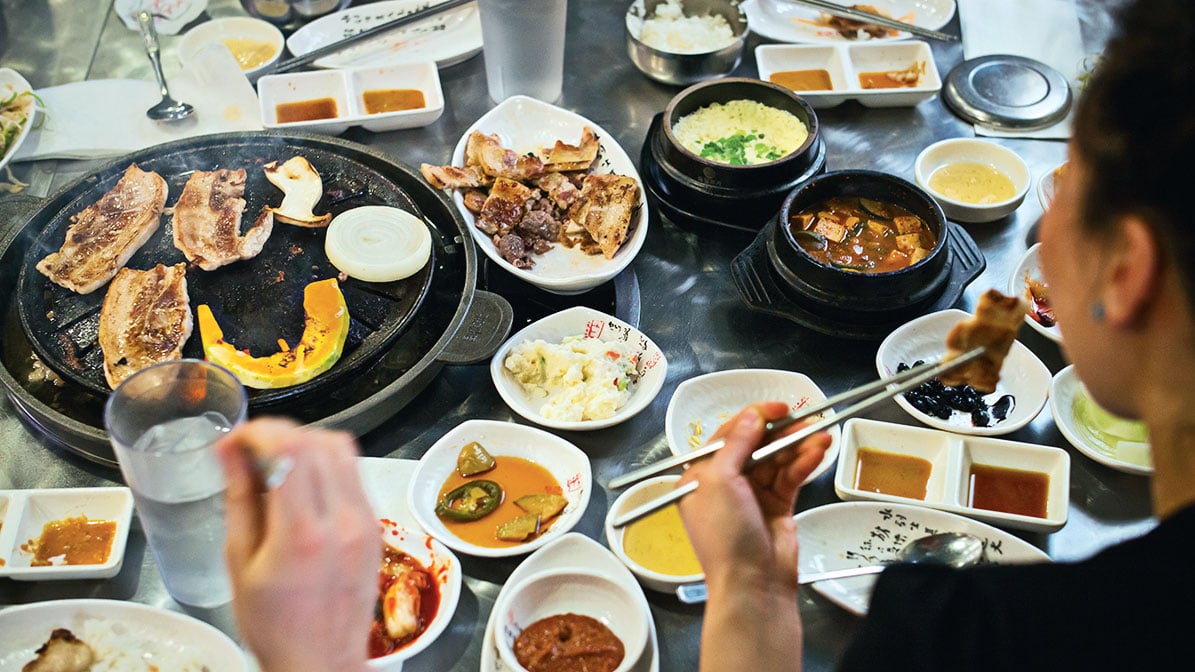
Examples: Kogiya, A&J Restaurant, Taqueria el Mexicano, Pho 88.
Why you might want to go: In Washington, immigrants tend to go straight to the burbs. So to find authentic flavors not watered down to American tastes, you need to go spelunking amid 21st-century sprawl.
Why you might not: Many of the area’s most exciting international joints aren’t Metro-accessible (but you shouldn’t let that stop you).
Tip: Eye the tables around you to see what’s popular.
5. Fast-Casual Posing as a “Lifestyle”
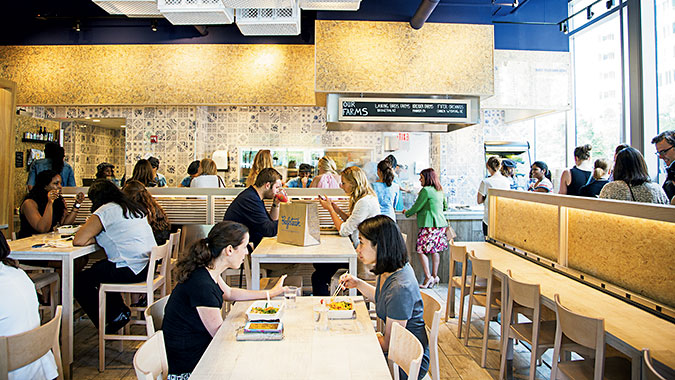
Examples: Cava Grill, &Pizza, Sweetgreen, Beefsteak.
Why you might want to go: Fast food has become healthier (and cooler) thanks to a new generation of chains that call Washington home—while also hosting concerts, offering tattoos, and trying to brand their salads or pizzas as a way of life.
Why you might not: Sometimes you just want Five Guys.
Tip: A lot of these chains have mobile apps that let you order in advance, pay from your phone, and earn rewards.
—Jessica Sidman
How to Order Ethiopian Food Like a Pro
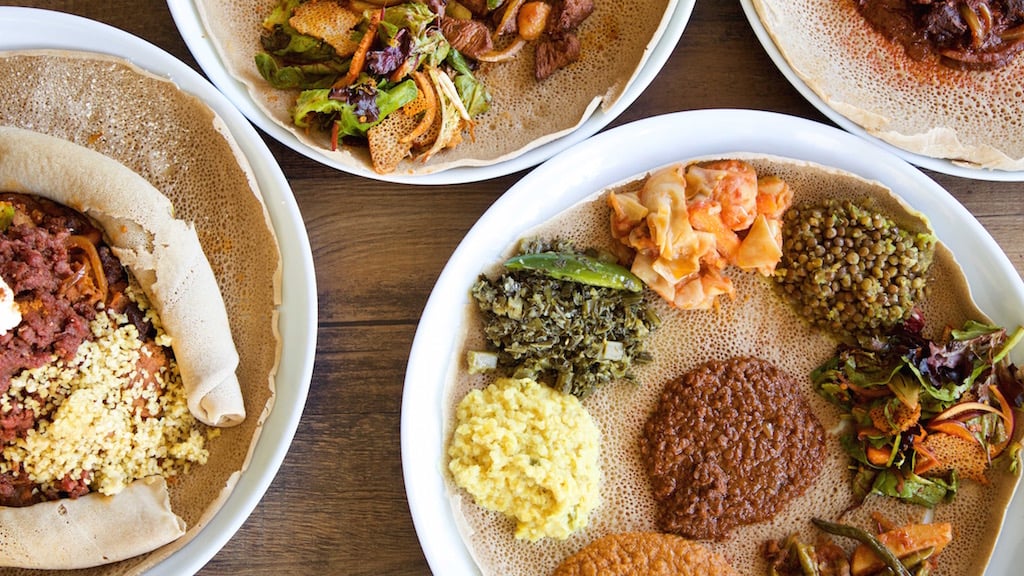
In Washington, global political shifts can affect the food scene. Take Ethiopian cuisine. After a Marxist coup in 1974, Ethiopians fled to DC—capital of their former regime’s onetime patron. As the US increased the cap on visas and encouraged family reunification, even more immigrants followed. Today we have the largest concentration of Ethiopians in the US. A night out at an Ethiopian restaurant is as much a tradition here as an outing to a deep-dish pizzeria might be in Chicago. Here’s what to know.
Berbere. A combination of chili pepper, ginger, garlic, fenugreek, and other spices, this earthy, aromatic seasoning is as ubiquitous in Ethiopian cooking as soy sauce is in Japanese.
Gomen. Collard greens simmered with garlic and onions.
Injera. No need for utensils. Tear off a piece of this spongy, teff-flour crepe with your hands and use it to pick up bits of stewed meat and vegetables.
Kitfo. The dish of minced raw beef is spiced, mixed with an herbed butter known as niter kibbeh, and often served with a mild cheese.
Kik alicha. A stew of yellow split peas and onions, one of several Ethiopian dishes made of lentils or peas.
Tibs. Like fajitas? This is more or less the East African equivalent: marinated and stir-fried beef or lamb, which can also include onions, tomatoes, and peppers.
Timatim. This cold salad of diced tomato, onion, and jalapeño might remind you of pico de gallo.
Wat. Simply put, wat is a stew. It can be made with meat or vegetables with varying levels of heat. Doro wat, one popular iteration, includes chicken and a hard-boiled egg.
—Jessica Sidman
10 Notable Washingtonians Who Are Actually From Here
Susan Rice
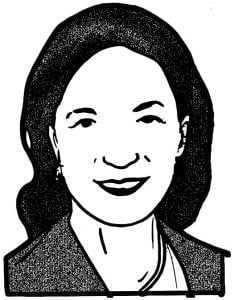
National-security adviser under President Obama and former US ambassador to the United Nations
Grew up in: Shepherd Park.
High school: National Cathedral School.
What did you enjoy about growing up here? “I appreciate the opportunities the city offered. I had the chance to intern on the Hill, to go to school with kids from varied backgrounds. I remember watching [former Egyptian president] Anwar el-Sadat bound out of his motorcade and wave just after signing the Camp David Accords.”
George Pelecanos
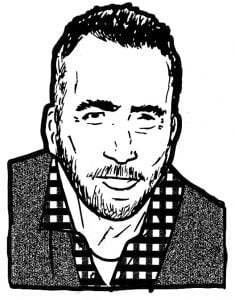 Novelist whose books include the DC Quartet detective series
Novelist whose books include the DC Quartet detective series
Grew up in: Mount Pleasant, Langley Park, then Silver Spring.
High school: Northwood.
How can you tell if someone was born and raised in Washington? “They root for two football teams: Washington and anyone who is playing the Dallas Cowboys.”
Pat Buchanan
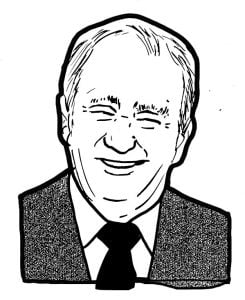
Author, political columnist, and senior adviser to three Presidents
Grew up in: Chevy Chase DC.
High school: Gonzaga.
Tell us about growing up in Washington. “One thing we all knew in the 1940s and ’50s was where the neighborhood movie theaters were—the Avalon, Apex, Calvert, Uptown, Silver, and the big one downtown, RKO Keith’s. Most are long gone. The amusement parks were Glen Echo and Marshall Hall, across from Mount Vernon, down the Potomac by boat.”
Diane Rehm
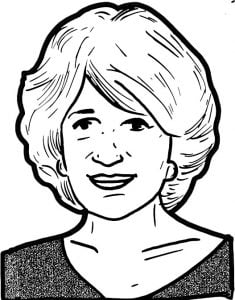
Longtime host and executive producer of The Diane Rehm Show
Grew up in: Petworth.
High school: Roosevelt High.
What misconception about Washington drives you crazy? “The idea that we’re out of touch with the rest of the country. I know many people in this city who care deeply about what’s happening in other parts of the country and who participate, in various ways, in international activities. That’s part of why I love this city so much.”
David Bradley
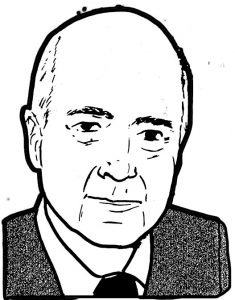
Owner, Atlantic Media
Grew up in: Westmoreland Hills.
High school: Sidwell Friends.
What misconception about Washington drives you crazy? “That lobbyists are all corrupt, that government officials live like pashas at taxpayer expense. Do people know that some House members attend receptions for the cheese and crackers, that some senators bunk together in group houses no better than a college dorm? These are ambitious men and women, but no more evil and no less good than the rest of the human race.”
Gina Adams
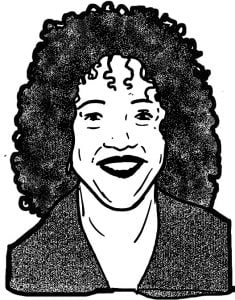
Senior vice president for government affairs, FedEx
Grew up in: DC’s Ward 8.
High school: Ballou.
How can you tell if someone was born and raised in Washington? “They love go-go, Chuck Brown, Ben’s Chili Bowl (pre-Obamas), Horace and Dickies, the Shrimp Boat (in its glory days), concerts, baseball and football games at RFK, roller skating at Kalorama and roller derby at the Washington Coliseum. And they remember real house parties back in the day.”
Brett Kavanaugh
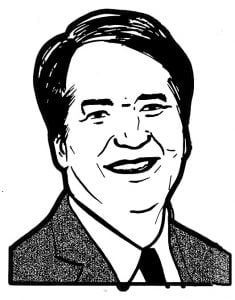
Federal judge, US Court of Appeals for the District of Columbia circuit
Grew up in: Bethesda’s Westgate.
High school: Georgetown Prep, after attending Mater Dei for grade school.
What did you enjoy about growing up here? “The sports teams were fantastic. The Redskins, Bullets, Orioles, University of Maryland, and Georgetown dominated the 1970s and ’80s. No exaggeration to say that DC was the sports capital of the country in the ’70s and ’80s, like Boston has been in the 2000s.”
Denise Turner Roth
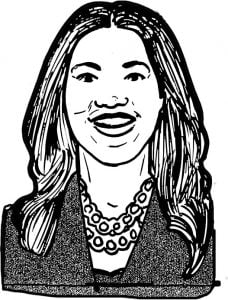
Administrator, General Services Administration
Grew up in: Anacostia.
High school: Bishop O’Connell in Arlington.
What did you enjoy about growing up here? “This is an amazing city where people have an immense amount of passion and drive. Growing up, I would walk past the Frederick Douglass House every day and dream about making a difference. Having the opportunity to work for the Obama administration has been an incredible privilege.”
Vernon Davis
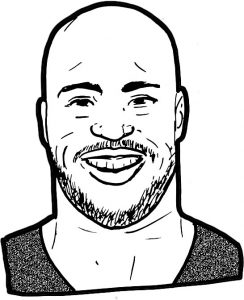
Redskins tight end
Grew up in: Petworth.
High school: Dunbar.
How can you tell if someone was born and raised in Washington? “Usually, I can tell by their accent. If someone says, instead of Maryland, ‘Muriland.’ Or anytime you hear the err sound—like ‘Erc’ instead of Eric.”
Raul Fernandez
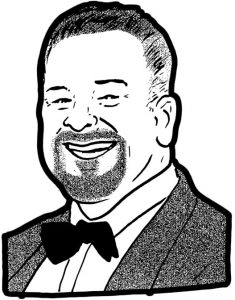
Chairman and CEO of ObjectVideo and co-owner of the Capitals, the Wizards, the Mystics, and the Verizon Center
Grew up in: Silver Spring.
High school: St. John’s in DC.
What’s one thing every native knows about this city? “Change happens here fast, and often. Politically, every two and four years, you have the potential for a shift in the balance of power, and that has a lot of business and social implications.”
—Sherri Dalphonse
When Did You Know You Were a Washingtonian?
These people weren’t born here, but this is now home. We asked: When did you first feel like a local?
Jim Vance
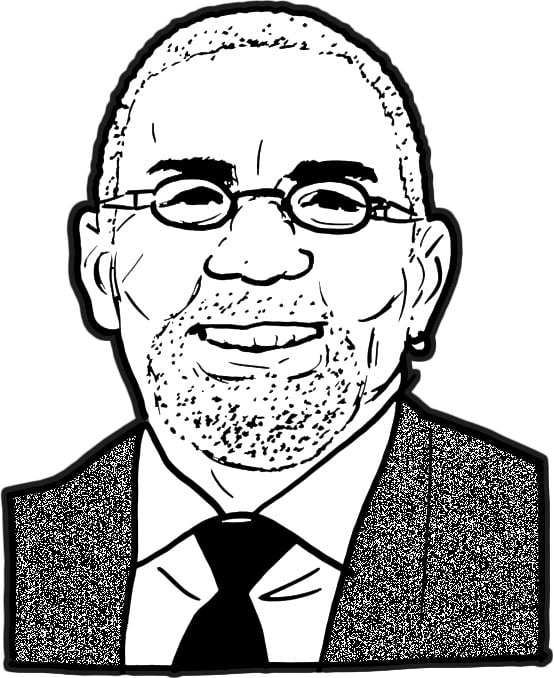
Anchor, NBC4
Originally from: Ardmore, Pennsylvania.
“In the fall of 1969, shortly after I moved here, I found Mr. Henry’s at Sixth and Pennsylvania on Capitol Hill, where Roberta Flack was playing. It was just after her album First Take came out. She was with a trio—she played piano—and I fell in love with her. That place opened the door to a love affair with the city.”
Molly Smith
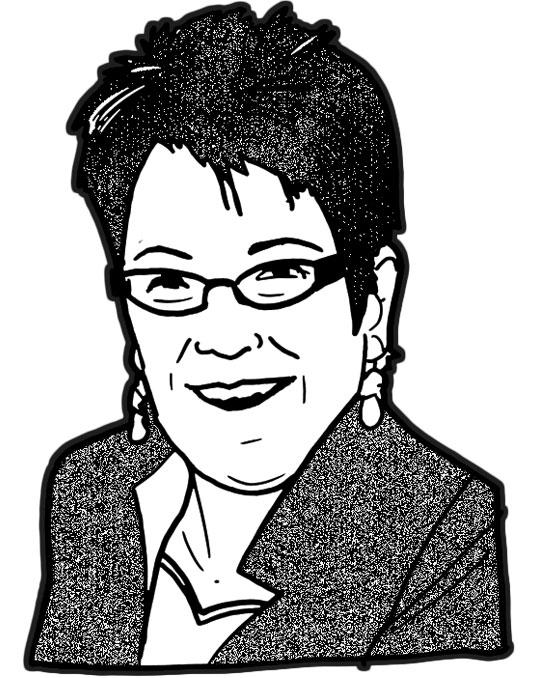
Artistic director, Arena Stage
Originally from: Alaska.
“I really felt like a Washingtonian when I discovered that 12th Street, Northwest, was a one-way street and I could zip through the city at rush hour. Now my secret is out.”
Pati Jinich
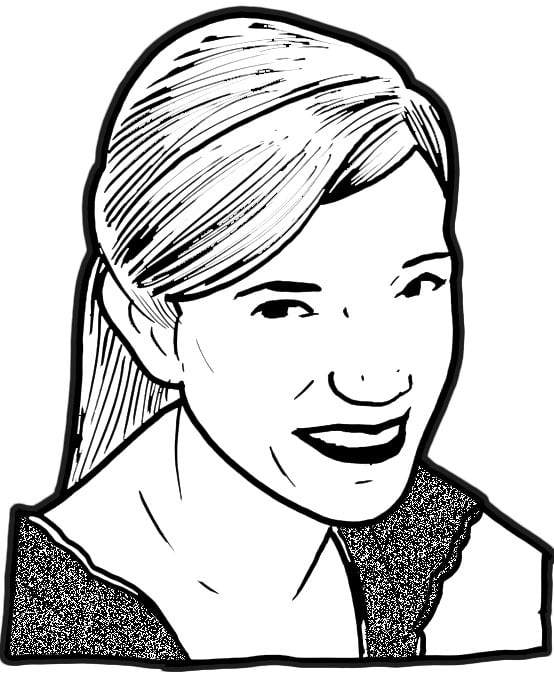
Chef at the Mexican Cultural Institute, cookbook author, and host of Pati’s Mexican Table on PBS
Originally from: Mexico City.
“My husband and I moved to the area in 2000. The moment I realized I was a Washingtonian was when I was finally able to harvest the most delicious figs from my stubborn Brown Turkey fig tree. Once you plant a fruit tree in the land where you live, and it bears fruit and you eat it, you know you belong.”
Bobbie Kilberg
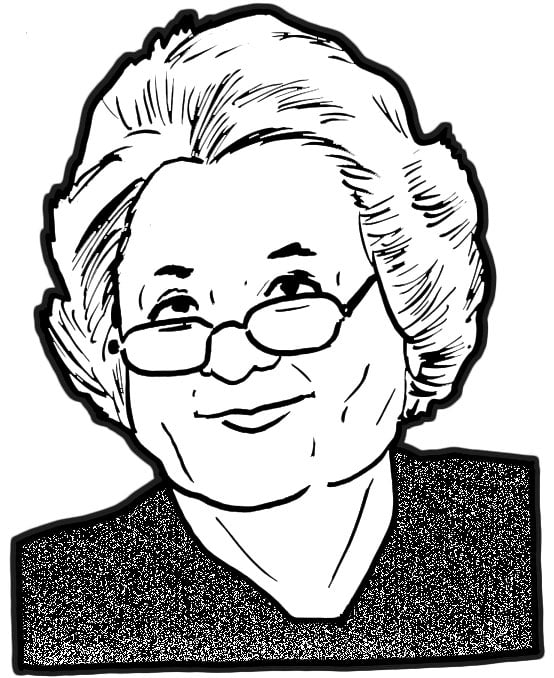
President and CEO, Northern Virginia Technology Council
Originally from: Manhattan and Queens.
“My husband and I felt like locals when we bought our first home in McLean. We’ve been in McLean 45 years and at the Potomac School there 37, with five children and ten grandchildren. I grew up in an anonymous high-rise. Going from that to a community where you raise your children and they come back made it feel like home.”
Jim Dinegar
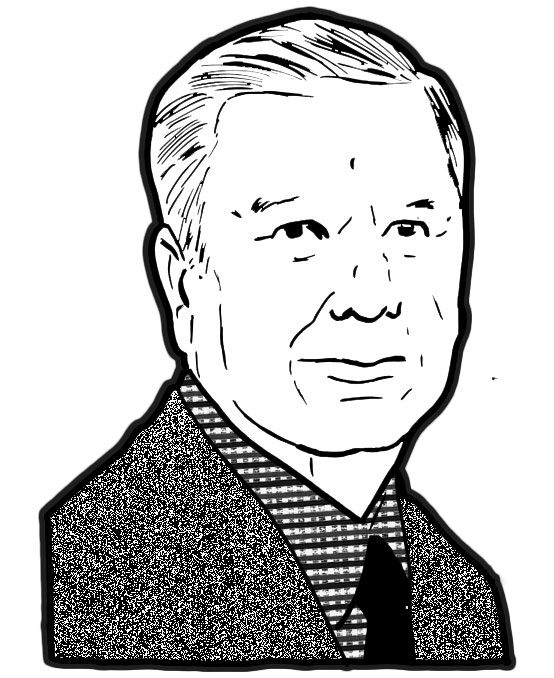
President and CEO, Greater Washington Board of Trade
Originally from: Queens.
“A few years after graduating from Catholic University, my brother and I bought a co-op in the 1920s ‘Senate’ building behind the Supreme Court. We used to watch Justice Rehnquist take his daily strolls. I would go to Eastern Market to buy a bacon-egg-and-cheese at Market Lunch. I keep the key to that old apartment because it reminds me I’m home here.”
Steve Case
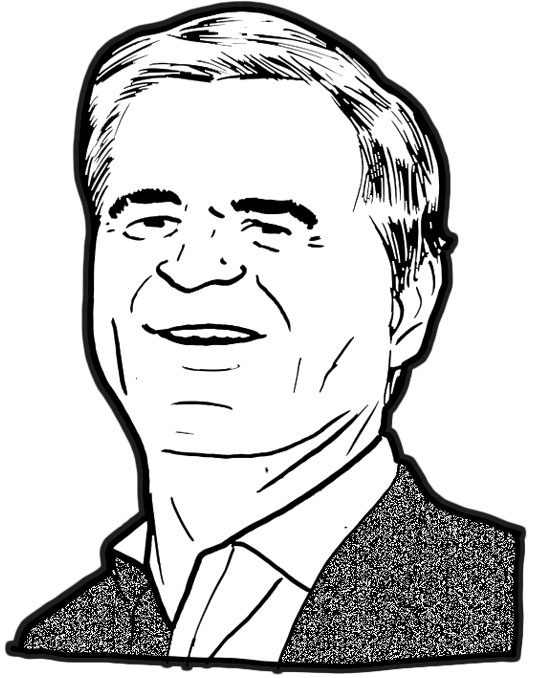
Cofounder of AOL and chair-man of Revolution and the Case Foundation
Originally from: Honolulu.
“I moved to the area in 1983 to join a start-up in Tysons that would one day morph into America Online. Back then, Tysons was fairly undeveloped. Because there was so little to do there, I would often drive to DC. The original 9:30 Club was a favorite; it was there I felt like a local. It had a mediocre sound system and poor sightlines, but it was the epicenter of punk rock.”
Arch Campbell
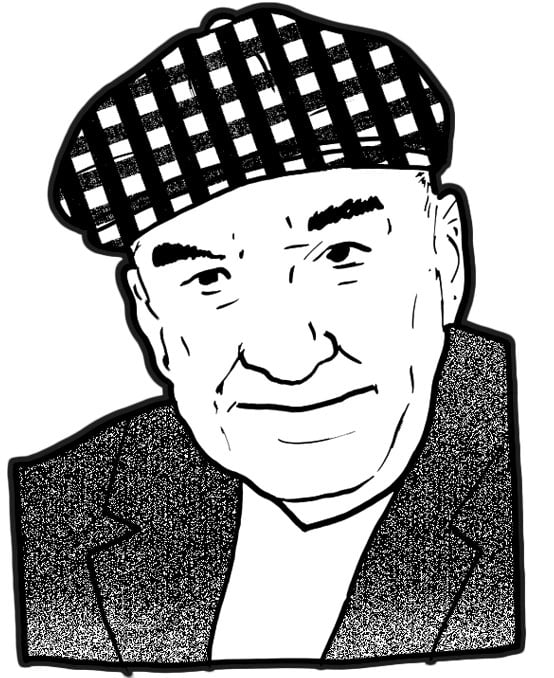
Former TV entertainment reporter
Originally from: San Antonio.
“I moved to DC in 1974. I started driving around—and immediately got lost. In DC, a city filled with traffic circles, I discovered you couldn’t rectify a wrong turn by driving around the block. After a while, I started finding my way. Then I discovered Rock Creek Parkway. By 1979, I could navigate the parkway from the Kennedy Center all the way to Rockville. That’s when I felt like I lived here.”
Svetlana Legetic
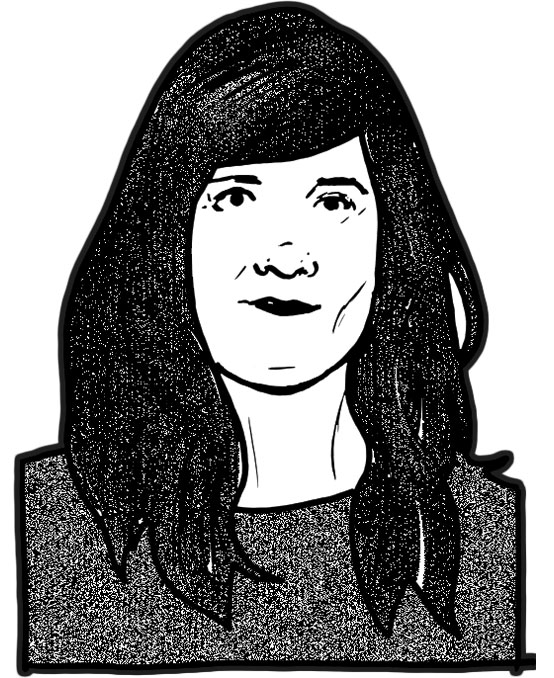
Cofounder, BYT Media
Originally from: Serbia.
“Owning my own bicycle and commuting on it made me feel like a Washingtonian. I moved to DC in 2003. My first bike got stolen two days after I bought it—so also a very DC thing: learning how to lock your bike properly. The city is an amazing place to bike in and a place that will punish you if you don’t bike it well. But you can beat the traffic, which may be the ultimate local goal.”
Ashok Bajaj
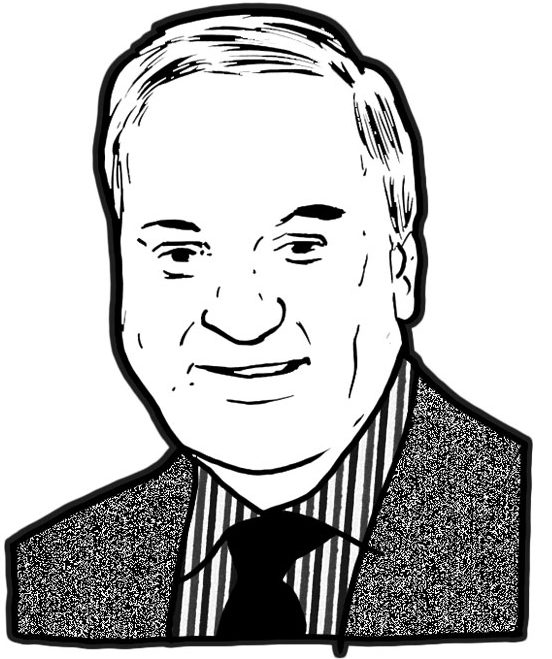
Founder and president of Knightsbridge Restaurant Group, which includes Rasika and the Oval Room
Originally from: New Delhi.
“I moved here in 1988, and it took convincing to get the landlord to work with me to open my first restaurant, the Bombay Club, near the White House. The Clintons became supporters of my restaurant, and when I got invited to my first state dinner by President Bill Clinton, I felt I was a true Washingtonian.”
Carolyn Parkhurst
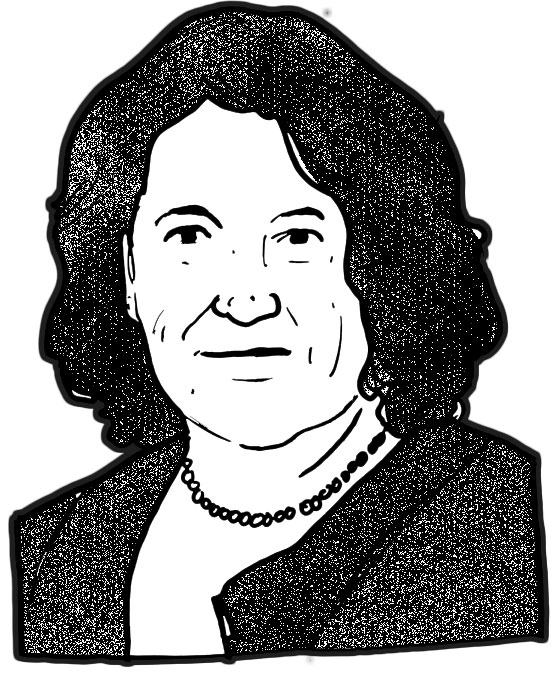
Novelist whose books include The Dogs of Babel andHarmony
Originally from: Massachusetts.
“I moved to DC in the fall of 1992. When spring tourists began to thicken the crowds on Metro, blocking the farecard machines and wavering in front of open doors, I developed a new and remarkably fierce pet peeve: escalator riders who did not stand on the right and walk on the left. When you start complaining like a native, you know you’re home.”
—Sherri Dalphonse
Where to Go in Washington When You’re Missing Your Hometown
Destinations for expats from across the country
California
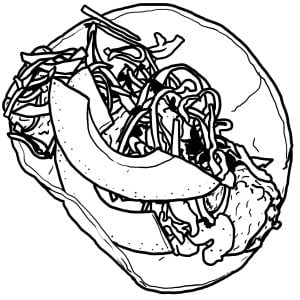
The fried-fish tacos at Fish Taco (three locations) are pretty darn close to San Diego’s authentic Baja-style.
Connecticut
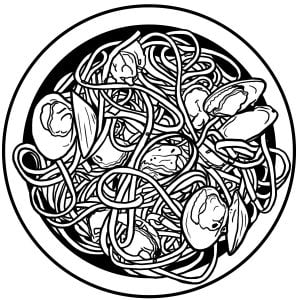
The New Haven pie at Pete’s New Haven Style Apizza’s four area locations is slathered in garlic and clams.
Florida
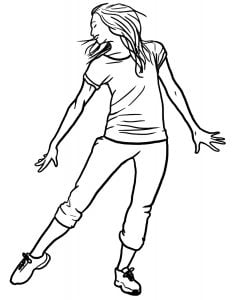
The high-intensity cardio dance classes at 305 Fitness come straight out of Miami’s sweltering club scene.
Georgia
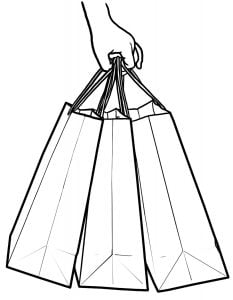
Like Atlanta’s Ponce City Market, Union Market is DC’s best destination for grazing through multiple eateries.
Hawaii
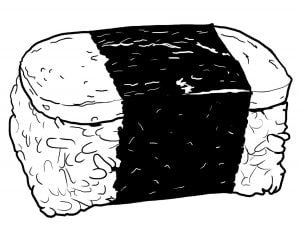
You’ll find poke bowls and Spam musubi at Shirlington’s Hula Girl and downtown DC’s Abunaifood truck.
Illinois
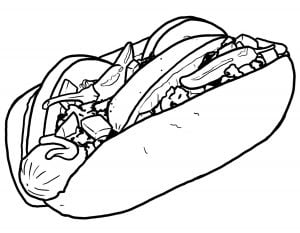
Shaw’s cash-only Ivy & Coney—and the $4 pepper-slathered hot dog—will take you back to Chicago’s no-frills watering holes.
Kentucky
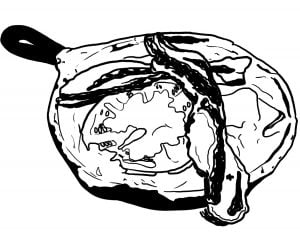
Georgetown’s Martin’s Tavern serves its version of a Louisville hot-brown sandwich—with a cheddar rarebit sauce.
Louisiana
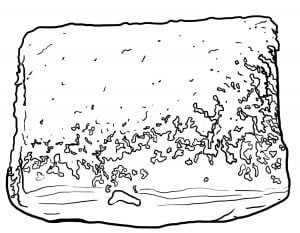
A New Orleans–inspired beignet craving can be satisfied at Bayou Bakery, in Arlington and on Capitol Hill.
Maine
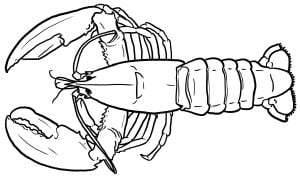
Pair the Luke’s Trio seafood combo at Luke’s Lobster (Penn Quarter and Georgetown) and a Maine brew.
Massachusetts
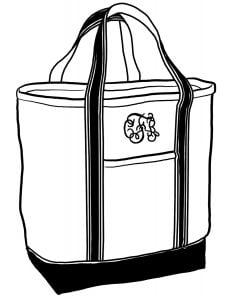
Tuckernuck’s Georgetown shop has Martha’s Vineyard basics like monogrammed canvas satchels down pat.
Minnesota
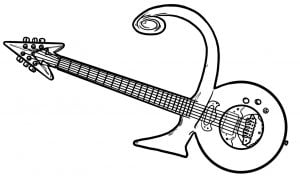
The National Museum of American History houses the electric guitar that belonged to Minneapolis native Prince.
Nevada
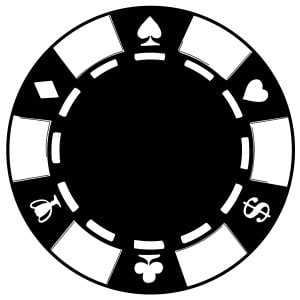
Get your gamble on, Las Vegas–style, at MGM National Harbor, with its 125,000-square-foot casino.
New Jersey
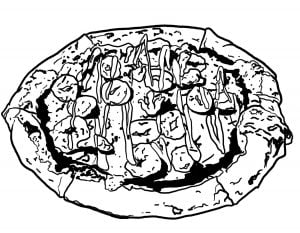
The Jersey Shore pie with fried calamari is one of the most popular entrées at Little Ferry–born Mike Isabella’s Graffiato.
New York
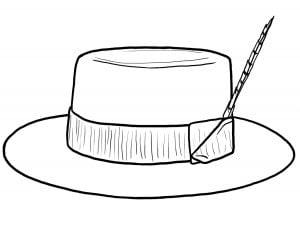
If you miss Fivestory—slightly kooky luxury clothing in a posh rowhouse—Georgetown’s new Curio store is for you.
North Carolina
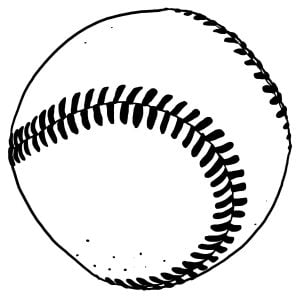
Miss the Durham Bulls? The Class-A Potomac Nationals, a farm team for the Washington Nats, play in Woodbridge.
Ohio
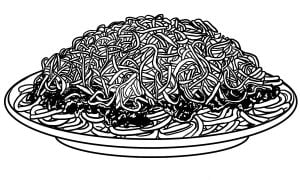
All of the local Hard Times Cafe outposts have your Cincinnati chili fix—and, yes, they’ll serve it over spaghetti.
Pennsylvania
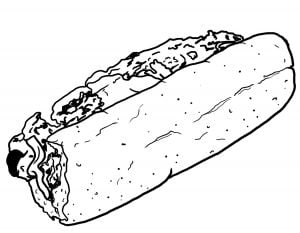
The vegan chik’n and tofu wraps you love at HipCityVeg in Philly have found their way to DC’s Chinatown.
South Carolina
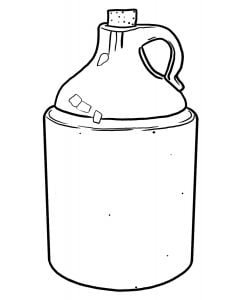
Chef Jeremiah Langhorne left McCrady’s in Charleston to open his innovative Shaw gem, the Dabney.
Tennessee
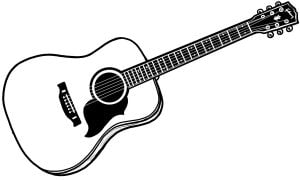
Songwriters flock to Nashville’s Bluebird Cafe to be discovered. Here, Vienna’s Jammin Java is the place to hear up-and-coming acts.
Texas

Nick’s Night Club in Alexandria is about to become your new honky-tonk.
Washington
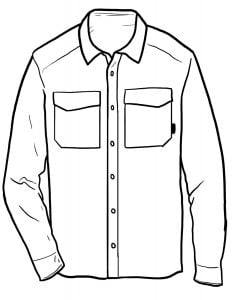
In Georgetown, Lynn Louisa stocks the neutral upscale-casual separates that Seattle style is known for.
—Sarah Zlotnick
This article originally appeared in the January 2017 issue of Washingtonian.

